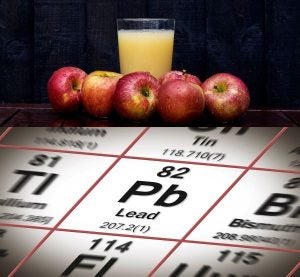Tom Neltner, Senior Director, Safer Chemicals Initiative and Roya Alkafaji, Manager, Healthy Communities
Last year, the White House set a goal of eliminating lead service lines (LSLs) by 2032 and worked with Congress to enact the Infrastructure Investment and Jobs Act (IIJA)—also known as the Bipartisan Infrastructure Law—which included critical resources to help meet this goal.
Through IIJA, communities across the United States have access to federal funds to replace an estimated 9 million LSLs, which are the pipes that connect homes to water mains under the street. EDF fully supports the President’s goal and related efforts to protect public health and advance environmental justice.
EPA is off to a good start. The agency:
- Distributed the first of five years of IIJA funds to state revolving fund (SRF) programs, including $15 billion dedicated to LSL replacement and $11.7 billion in general funding for drinking water infrastructure projects (which may also be used for LSL replacement).
- Provided guidance to states to help ensure the funds go to “disadvantaged communities” and that the $15 billion is used for full (not partial) replacements.
- Plans to publish the results of its drinking water Infrastructure Needs Survey and Assessment. That report is crucial to updating the formula by which SRF funds will be allocated to states in subsequent years.
However, as states begin to administer SRF funds from the $11.7 billion in general infrastructure funding, EPA’s lack of clarity on what the funds can and cannot be used for reveals problems. Specifically, some states may allow this funding to pay for partial – as opposed to full – LSL replacements when a utility works on aging water mains that have LSLs attached to them.













